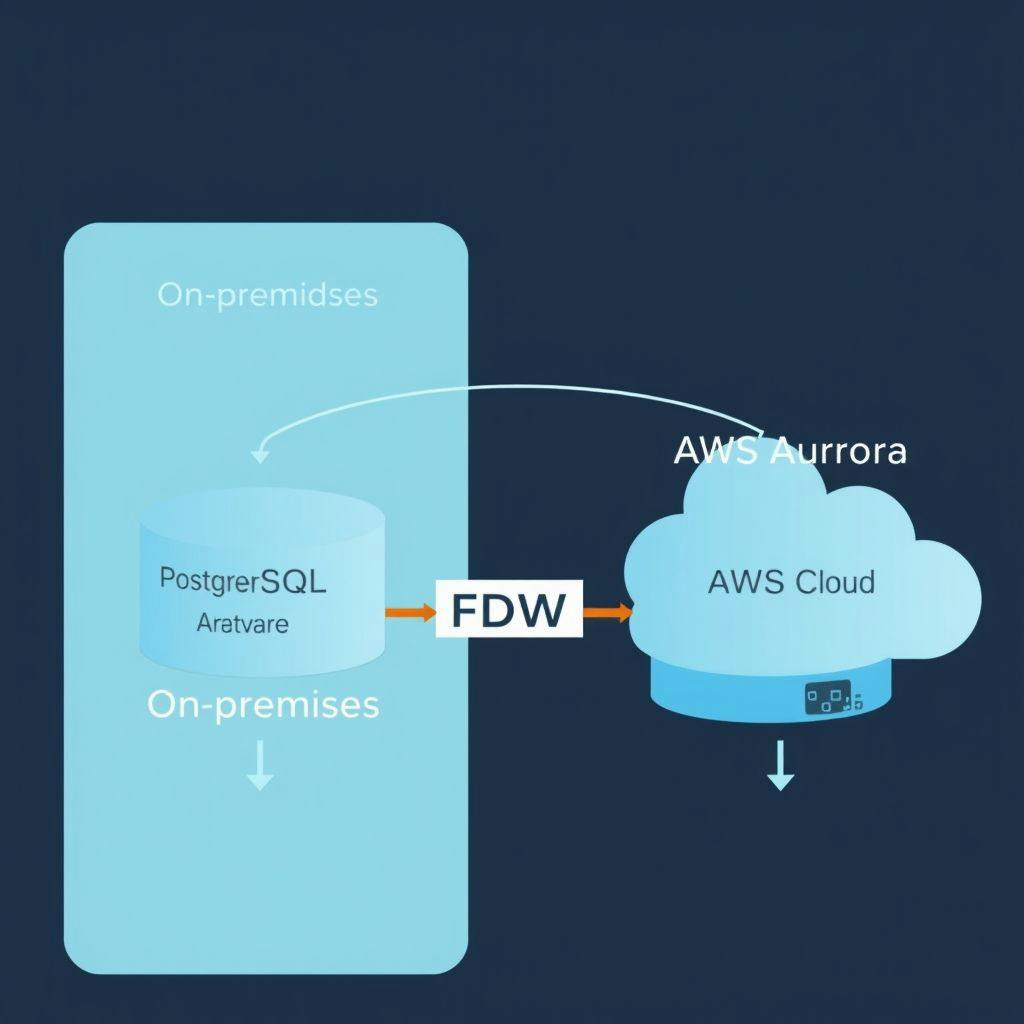A MYSTERY object tearing towards Earth at break-neck speed has raised fears that ALIENS are on their way here.
Boffins warn that the odd entity, which astronomers are calling 31/Atlas, could be an ET craft set to launch probes on our planet.
4

4
Estimated at more than 12 miles wide, it is whizzing through our solar system on a trajectory that will bring it within about 170million miles of us on December 19.
A trio of scientists from Harvard University in America, led by astrophysicist Avi Loeb, have published a paper speculating whether it could be “hostile” extraterrestrial technology.
Nick Pope, a retired Ministry of Defence UFO investigator, said: “It is not beyond the realms of science fiction that 31/Atlas could be an alien spaceship of some kind.
‘Unusual behaviour’
“It’s an unusual size, unusual acceleration, unusual course and unusual behaviour — those things combined very closely match a sort of mapping or survey mission.
“Of course, this could turn out to be just a comet or an asteroid — albeit an interstellar one, so interesting and incredibly rare.
“The good thing is this is a testable hypothesis.
“The clock is ticking down. We will know soon enough whether we’re dealing with first contact . . . or just a big rock.”

4

4
Here, Nick sets out the six key theories proposed by Harvard experts.
1. It’s too large to be an asteroid. We do know asteroids in our solar system range in size but this is much bigger than average
2. Its rate of acceleration seems unusual for a natural object. The European Space Agency and Hubble space telescope calculate it is travelling at about 130,000mph. Nasa says at that speed, it is the fastest solar system visitor.
3. We spotted it very late. This was because it was coming in from the centre of the galaxy, where there are a lot of obstacles, light and stars. If you wanted to covertly send a probe into our solar system, this is exactly the course you would choose.
4. Its course makes it very hard to intercept. At critical points where it might do something technological, such as perform a non-natural manoeuvre, it is blocked by the sun.
5. Passing close to Venus, Mars and Jupiter. This is like a mapping or survey mission. There is a very low probability of that happening naturally — the report suggests close to 0.005 per cent. That is statistically minute.
6. We won’t see it. At its closest approach, the sun will be between the Earth and Atlas so we won’t be able to see it.
Again, this is exactly the course you would choose, as it can do all its sneaky braking manoeuvres and changes of course without us seeing it.
It might do one of two things if this is technological.
It could change course and come to Earth itself.
Or it could, if it’s a mothership, deploy some probes that would come to Earth.










